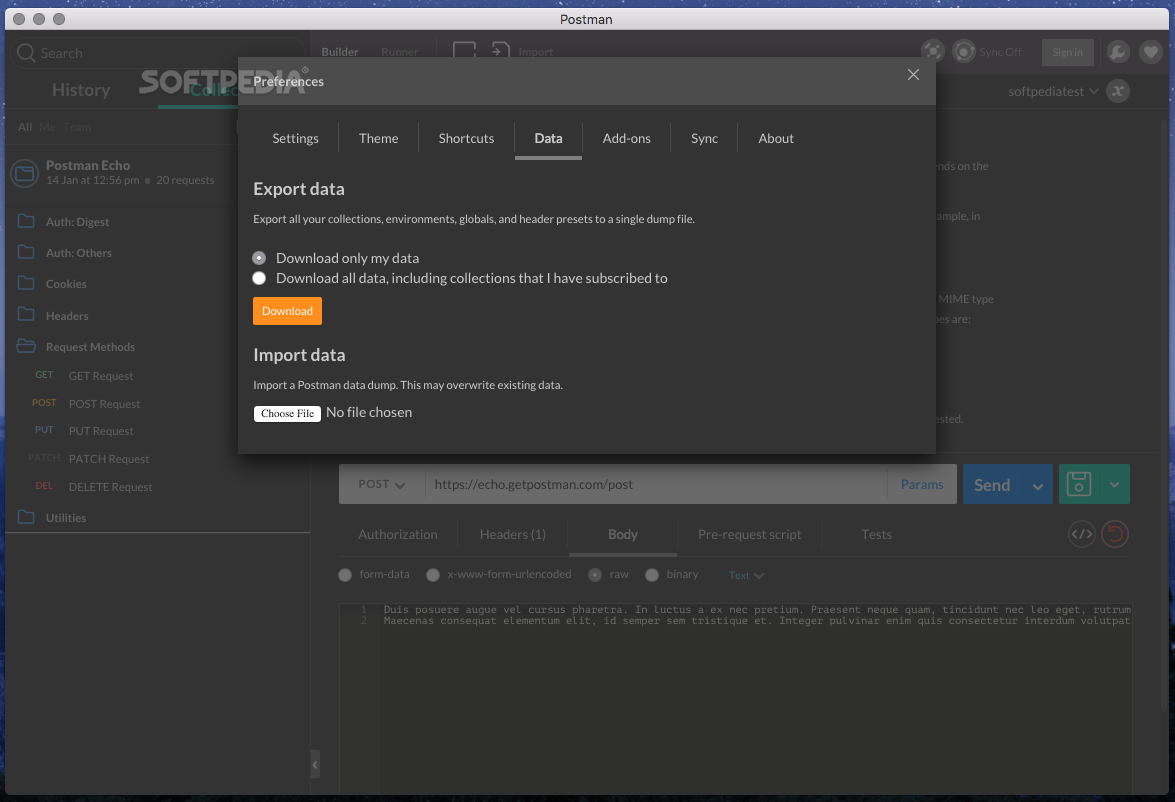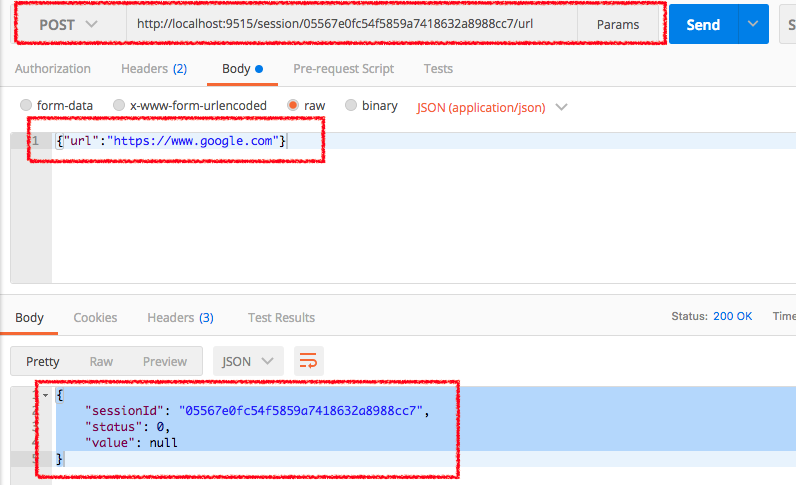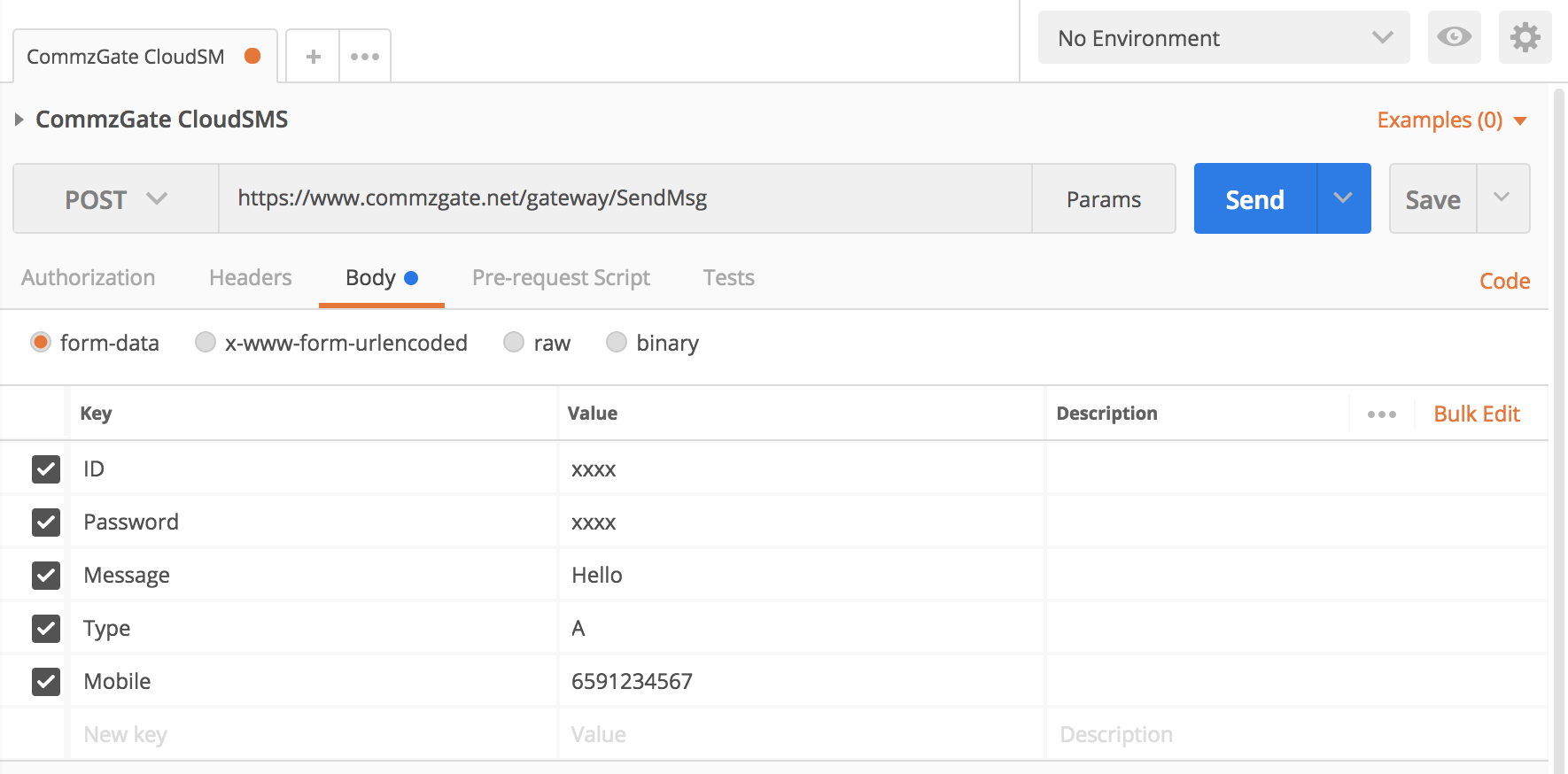
It is a popular API client and it enables you to design, build, share, test, and document APIs. The good news is that the old icon and the new have slightly different colouring, so I can tell them apart. Postman is a collaboration platform for API development.

It provides a user-friendly interface for sending HTTP requests and. For the Postman chrome app, you can download it from the getpostman site. All you need to do for the postman Google chrome install is go to the chrome web store and add it to chrome. I fixed the missing icon image the directions I followed had the wrong path for the icon image. The POSTMAN Chrome extension is a tool that allows users to easily test and debug APIs. Not only is Postman is easy to use its easy to install and get started with as well. How can I completely remove the Postman web app? This did remove my Postman history but did not remove the Postman Chrome app (not that I really expected it to). I've searched my home directory for references to Postman ( find ~ -iname "*postman*") and moved my ~/.config/Postman directory.

Update I ended up switching back to the Chrome App, which uses the 'Interceptor' instead of a 'Proxy Server' to capture traffic. Here are my Postman settings if that helps. Configured windows to send http and https requests through Postmans proxy server (127.0.0.1:5555). Utilize powerful, simple visualizations Go beyond parsing API JSON or XML responses. Turn on the Proxy in Postman with port 5555. Visualize your data Easily turn API data into charts and graphs with Postman Visualizer. But the Chrome app is not in Chrome's chrome://extensions page, so there's no option to uninstall. Postman's automatic language detection, link and syntax highlighting, search, and text formatting make it easy to inspect the response body.

POSTMAN APP FOR CHROME HOW TO
Now I'm trying to remove the Chrome web app and I can't figure out how to uninstall it.īoth the Chrome app and the native app are showing up in my launcher - in fact, the Chrome app has an icon and the native app is missing its icon. I went ahead and installed the native app following these instructions. I backed up my home directory from Ubuntu 14.04, installed Ubuntu 18.04 on a new PC, then restored my home directory.


 0 kommentar(er)
0 kommentar(er)
